Figures & data
Figure 1. Interpretations of research-informed teaching: (a) Curriculum design/the research-teaching nexus, based on Healy (Citation2005) and (b) conceptions of student inquiry, based on Levy and Petrulis (Citation2007).
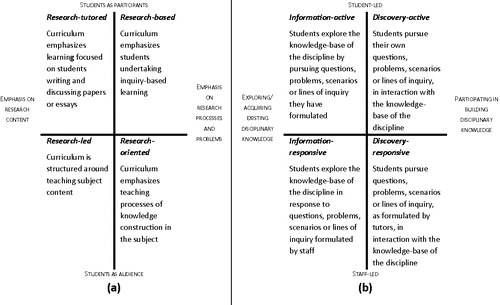
Figure 2. Screenshot taken from the block maxima analysis app, showing the default exploratory analysis for the uploaded dataset.
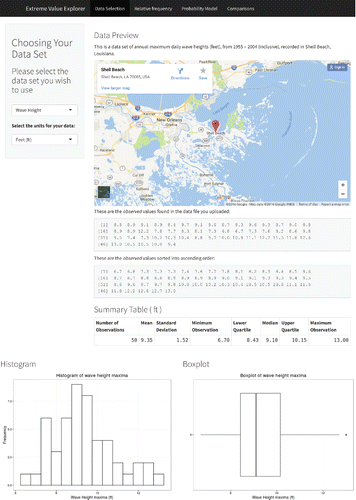
Figure 3. Screenshot taken from the block maxima app, showing inference for a fitted model (including return level inference).

Figure 4. Screenshots from the block maxima app showing some results of a Bayesian analysis, including predictive inference for return levels.
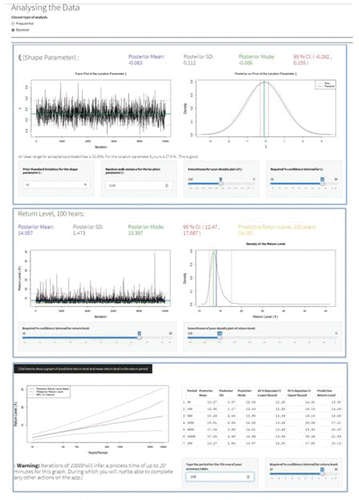
Figure 5. Boxplots showing student grades (out of 100) for Part A and Part B of the personal project, separated by gender. In 2014 there were 12 female students and 11 male students; in 2016 there were 12 female students and 8 male students.
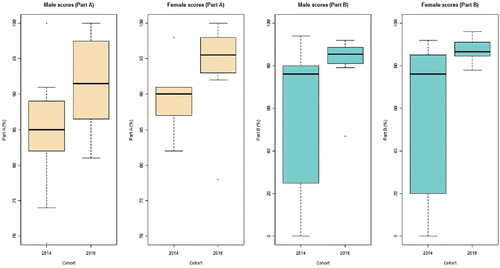
Figure 6. Top-left to bottom-right: Percentage of students giving different scores out of 10 for (i) difficulty of the course (10 most difficult); (ii) level of confidence in understanding advanced techniques (10 most confident); (iii) level of confidence in implementing advanced techniques (10 most confident); (iv) enthusiasm for the course (10 most enthusiastic); (v) overall satisfaction (10 most satisfied); (vi) usefulness of the reading group tutorials (10 most useful); (vii) helpfulness of the Shiny apps in assisting understanding of basic course material (10 most helpful); and (viii) helpfulness of Shiny apps in assisting understanding of advanced techniques (10 most helpful).
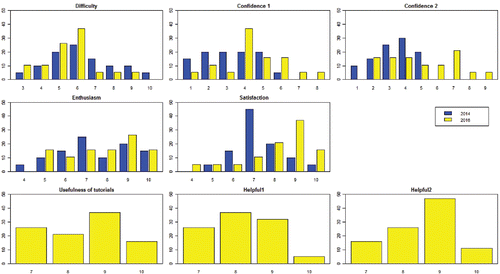
Table 1. Average student scores for perceived course difficulty; level of confidence in understanding (“Confidence 1”) and implementing (“Confidence 2”) advanced techniques; enthusiasm; overall satisfaction; usefulness of the tutorials; and helpfulness of the apps in assisting understanding of basic course material (“Helpful 1”) and advanced techniques (“Helpful 2”).
